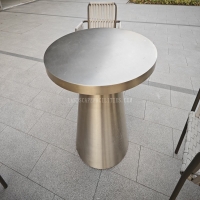Welcome to the website for landscape facilities products and knowledge.
How does the design facilitate easy replacement of damaged components?
In modern engineering and product design, modularity has become a cornerstone for ensuring longevity and ease of maintenance. A well-executed modular design allows damaged components to be replaced swiftly without disrupting the entire system. Here’s how it works:
1. Standardized Interfaces: Modular components are designed with uniform connectors, ensuring compatibility and reducing the need for specialized tools during replacement.
2. Isolated Functionality: Each module operates independently, so a faulty part can be removed without affecting adjacent components.
3. Accessibility: Designers prioritize easy access to critical parts, often using snap-fit mechanisms or tool-less disassembly features.
4. Diagnostic Integration: Many modular systems include built-in diagnostics to quickly identify damaged parts, streamlining the repair process.
5. Cost Efficiency: By replacing only the defective module, users avoid the expense of overhauling entire systems.
This approach not only saves time and resources but also extends the lifespan of products, making it a preferred solution in industries ranging from electronics to automotive manufacturing.
Related search:

Recommendation
Outdoor Metal Table - Classic Outdoor Furniture, Stainless Steel Table, Durable and Reliable